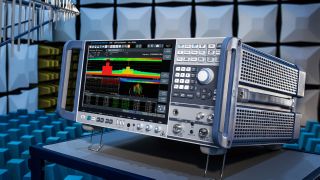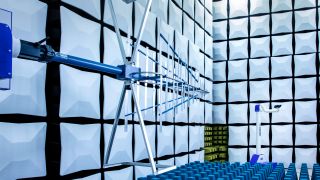CISPR Publication Levels
The International Special Committee on Radio Interference (CISPR = “Comité International Spécial des Perturbations Radioélectriques) is a technical committee of the International Electro-technical Commission established in 1933 to protect radio reception from interference. The committee has sub-committees that fulfill both product and basic standardization roles.
The 3 levels of CISPR publications:
Basic Standards:
(CISPR sub-committee A)
The CISPR 16 series, made up of 17 parts. It defines apparatus, methods, uncertainty, and test facilities.
Generic Standards:
(CISPR sub-committee H)
The IEC 61000-6 series for both emission measurements and immunity testing. The emission series was restructured in Edition 3; Part 6-3 now comprises residential environments only, commercial and light-industrial environments were moved to the new Part 6-8. Industrial environments remain in Part 6-4. Sets limits via an interference model
Product Standards:
(CISPR sub-committees B, D, F, I)
Product and product-family standards for both emission measurements and immunity testing. Provides product-specific requirements, such as operation and arrangement of the EUT, measurement methods, and uncertainty, and permitted deviations for limits.














